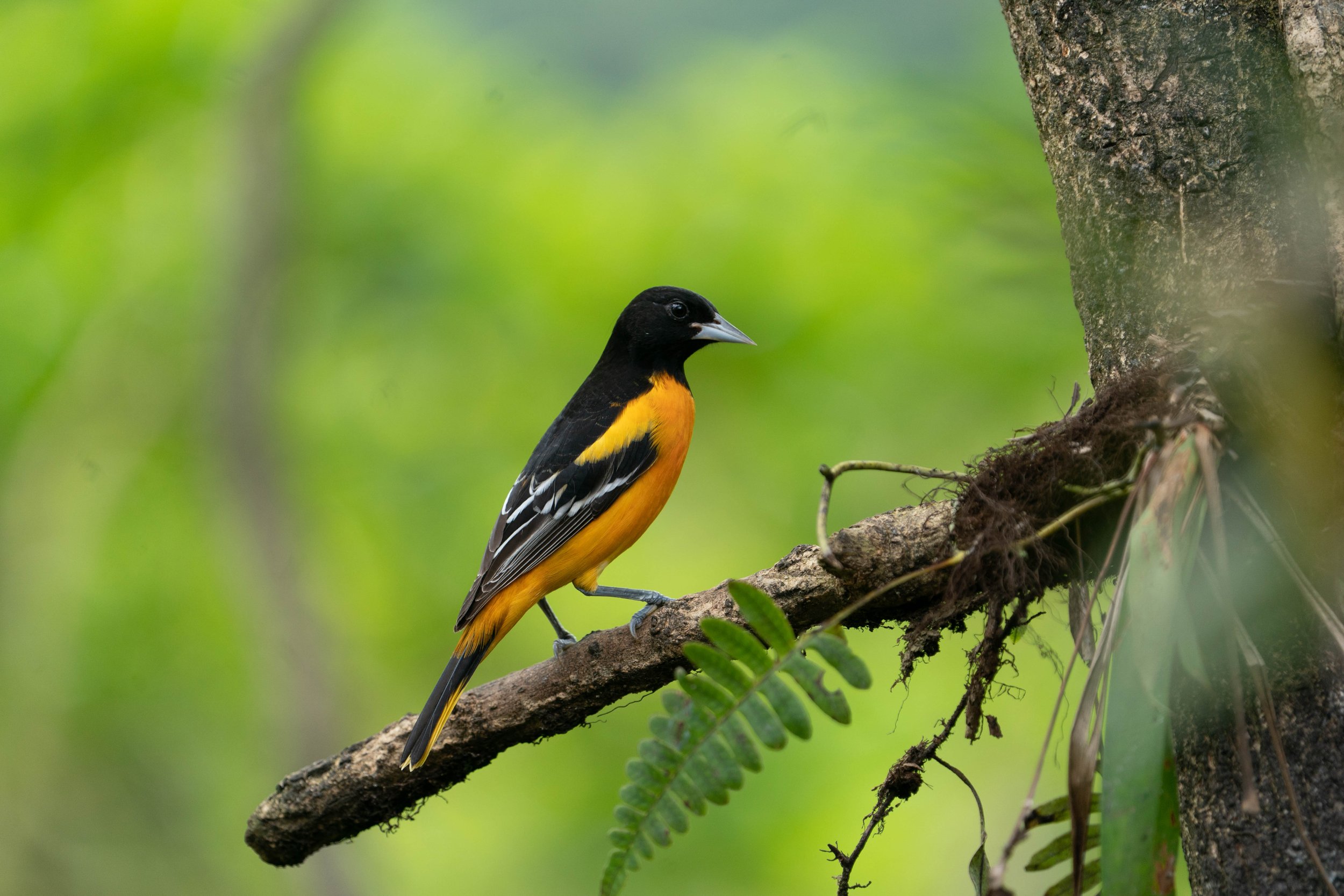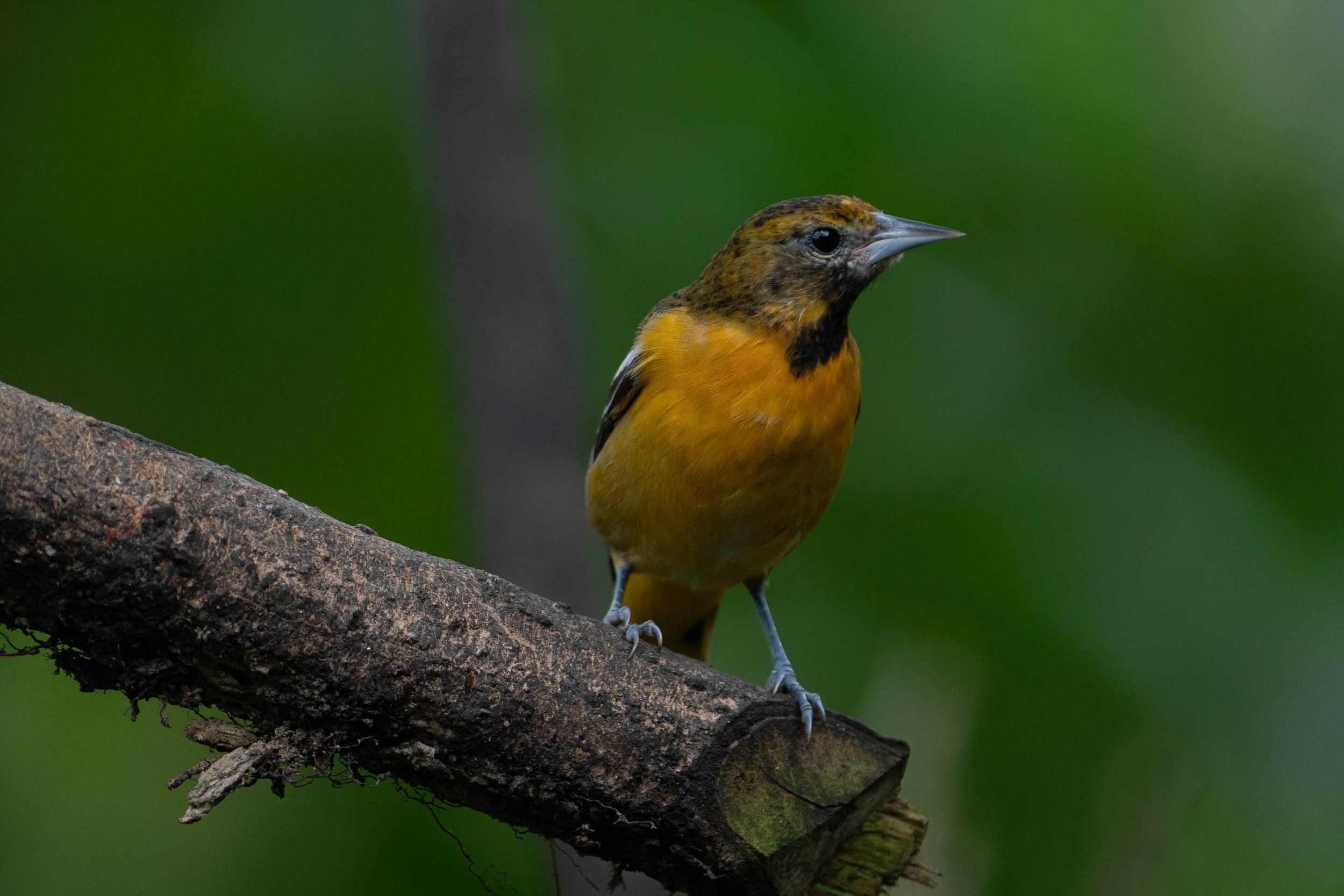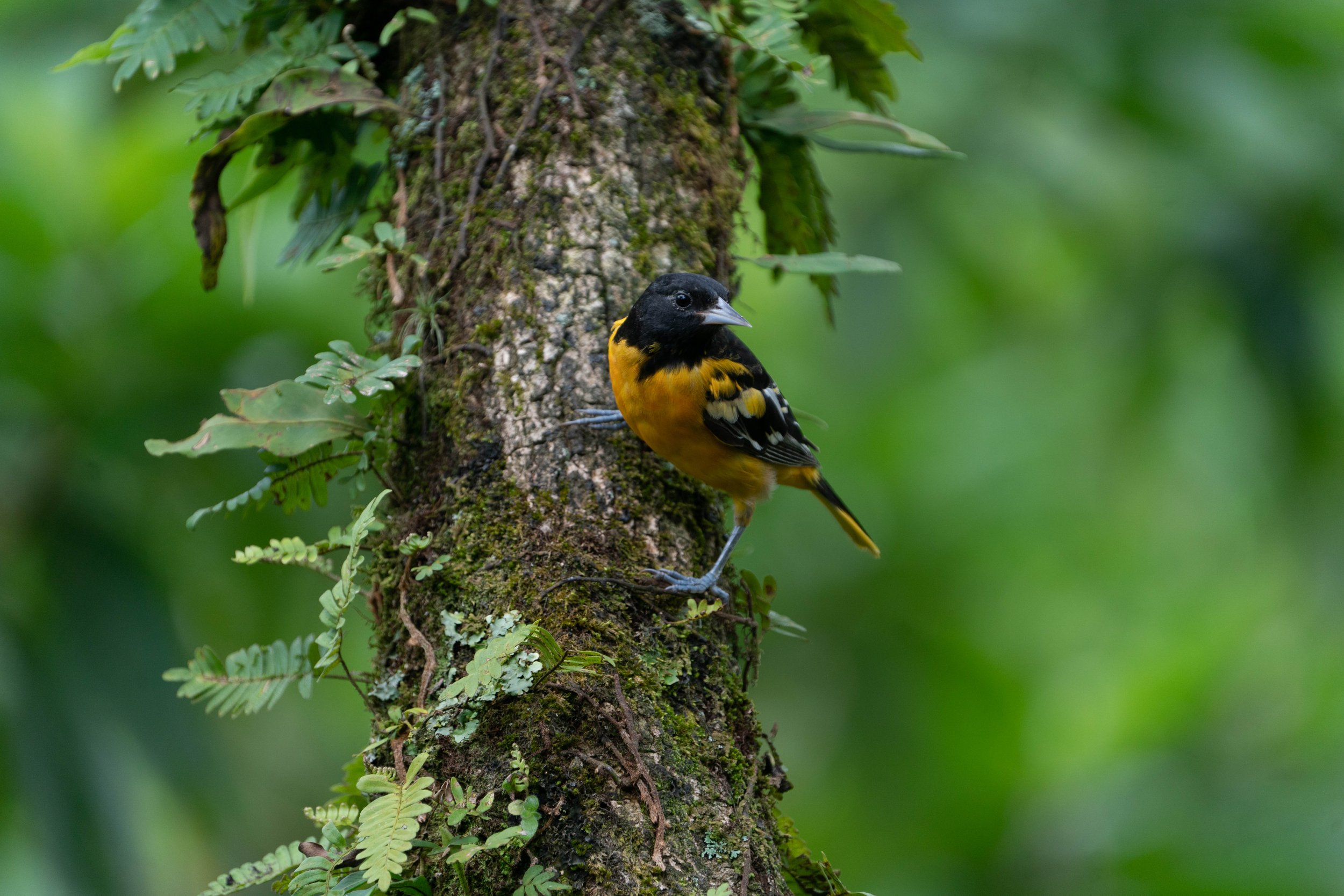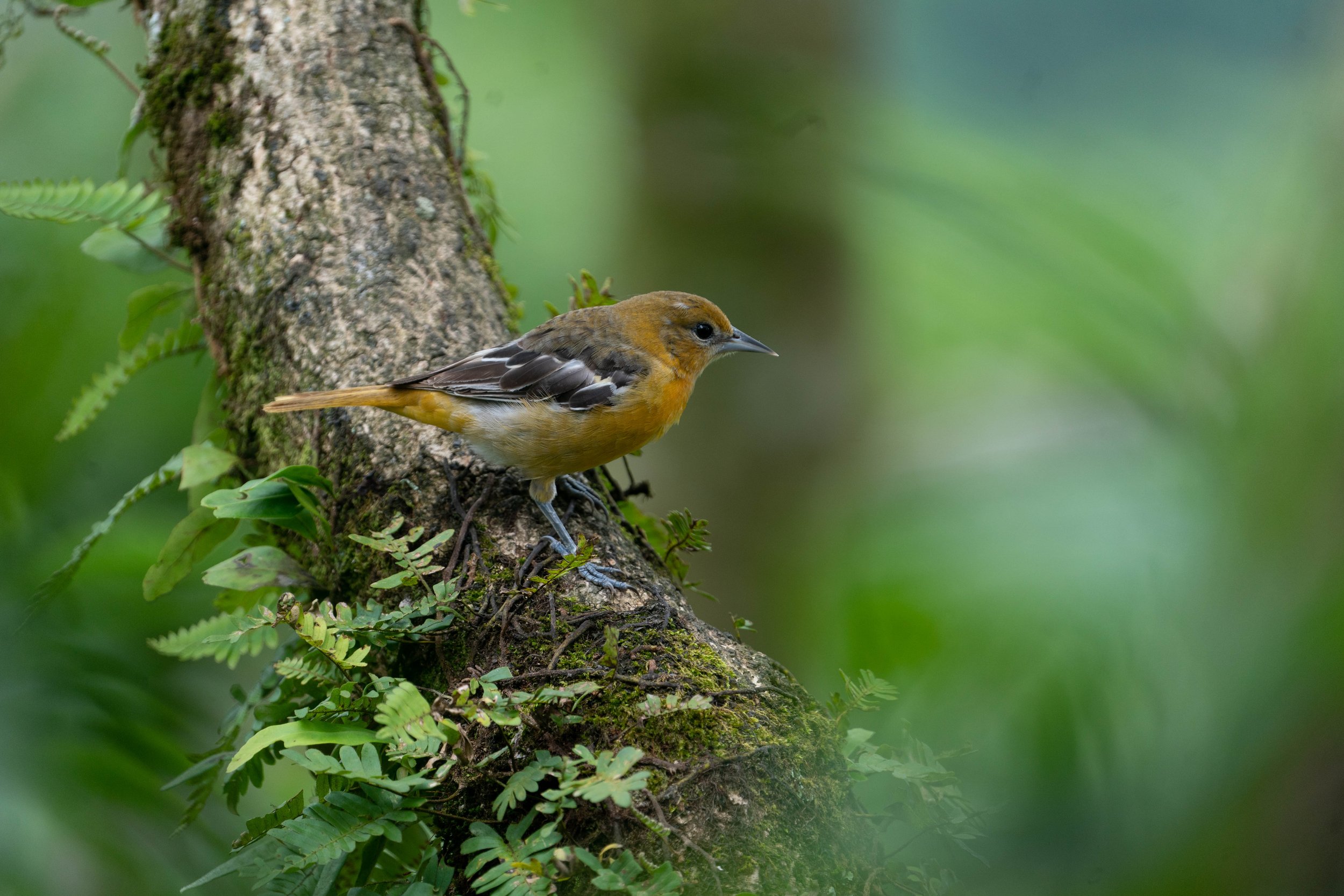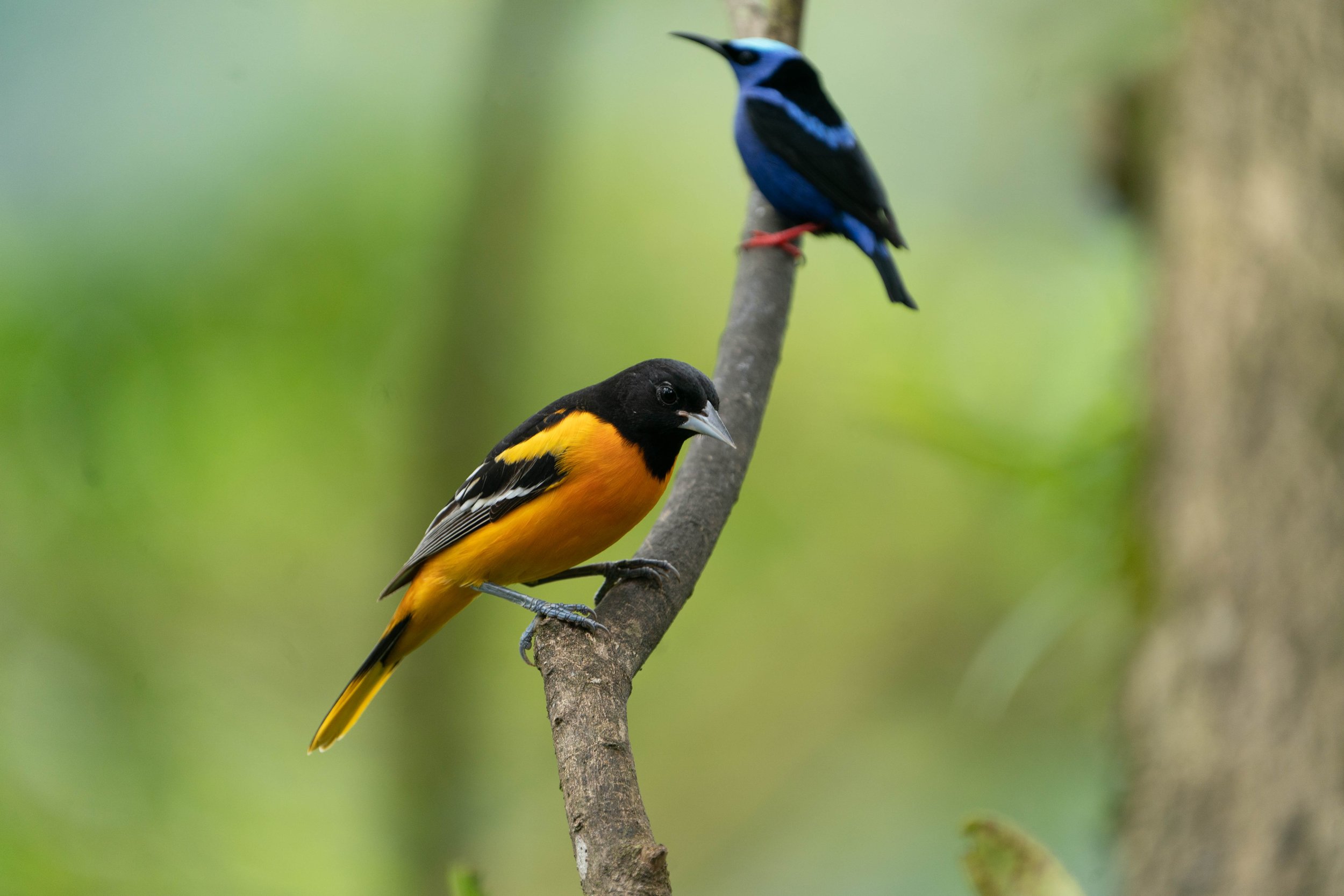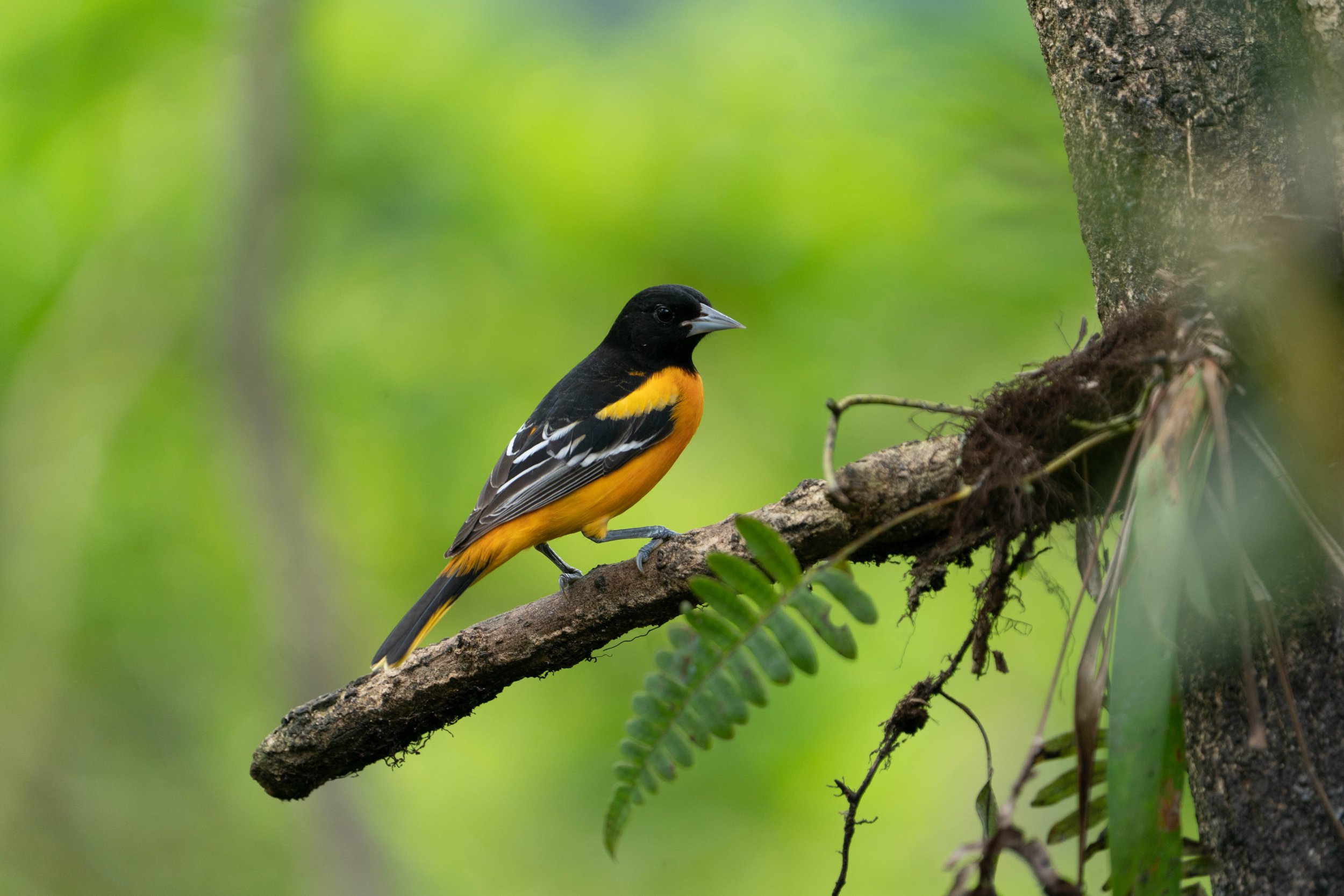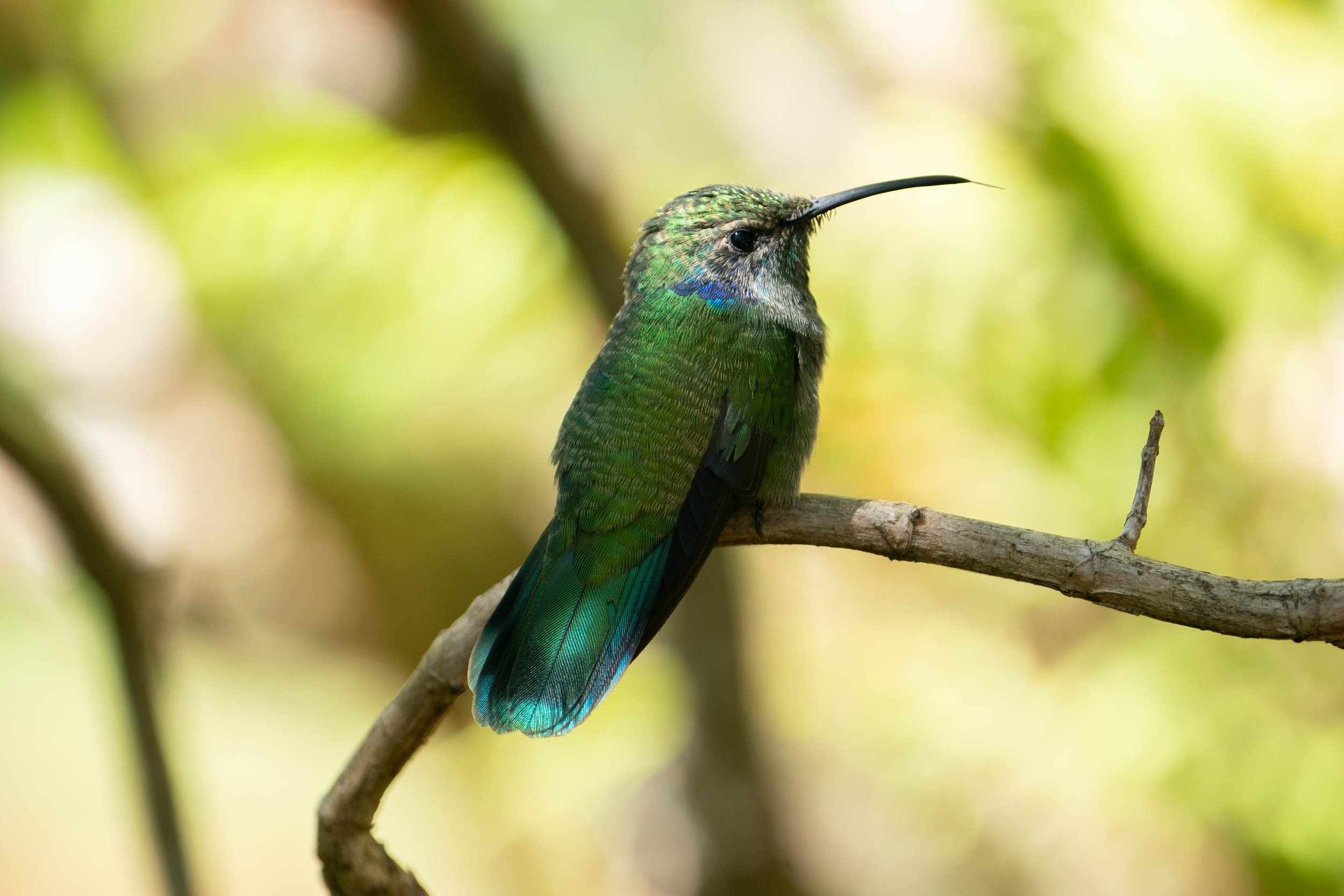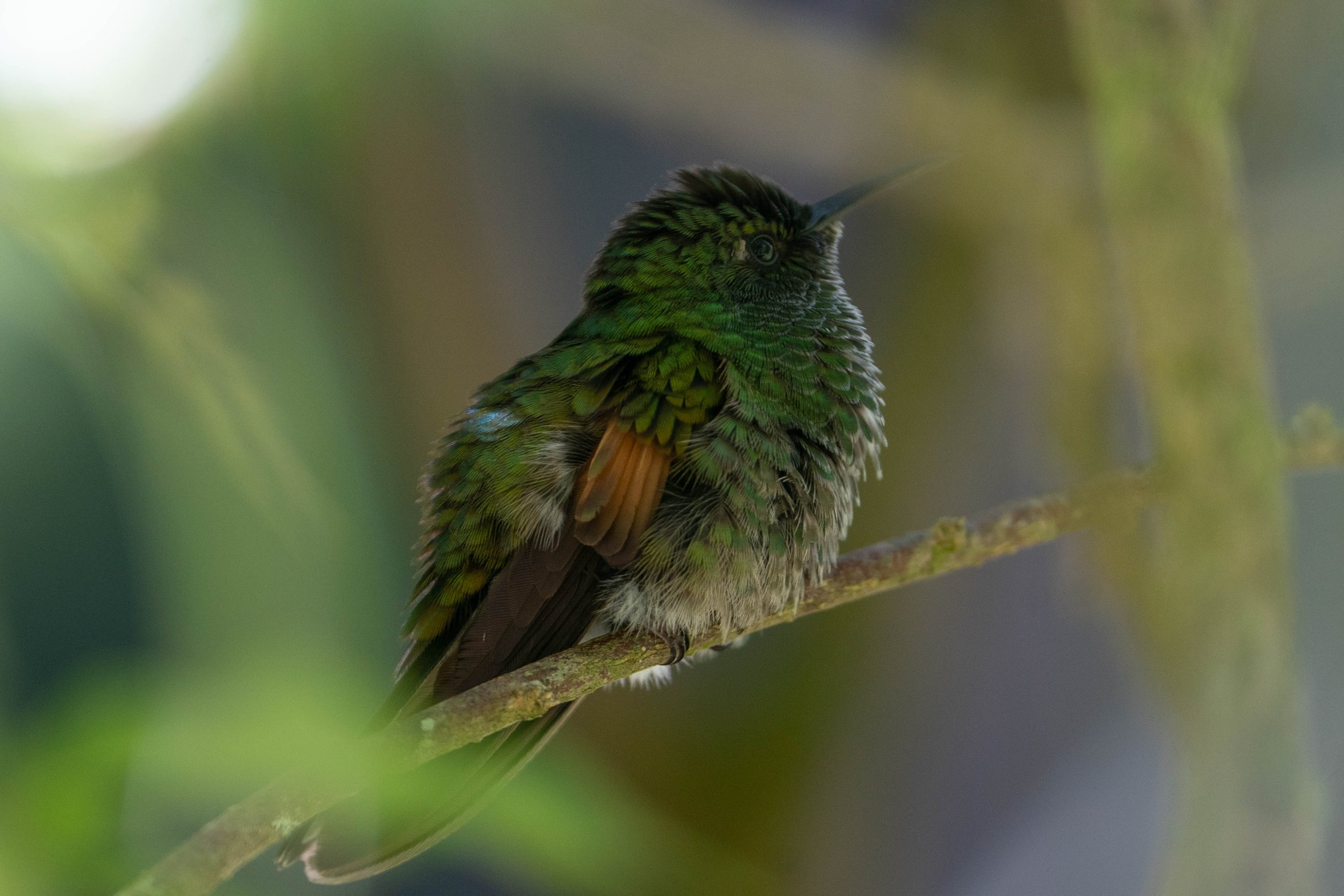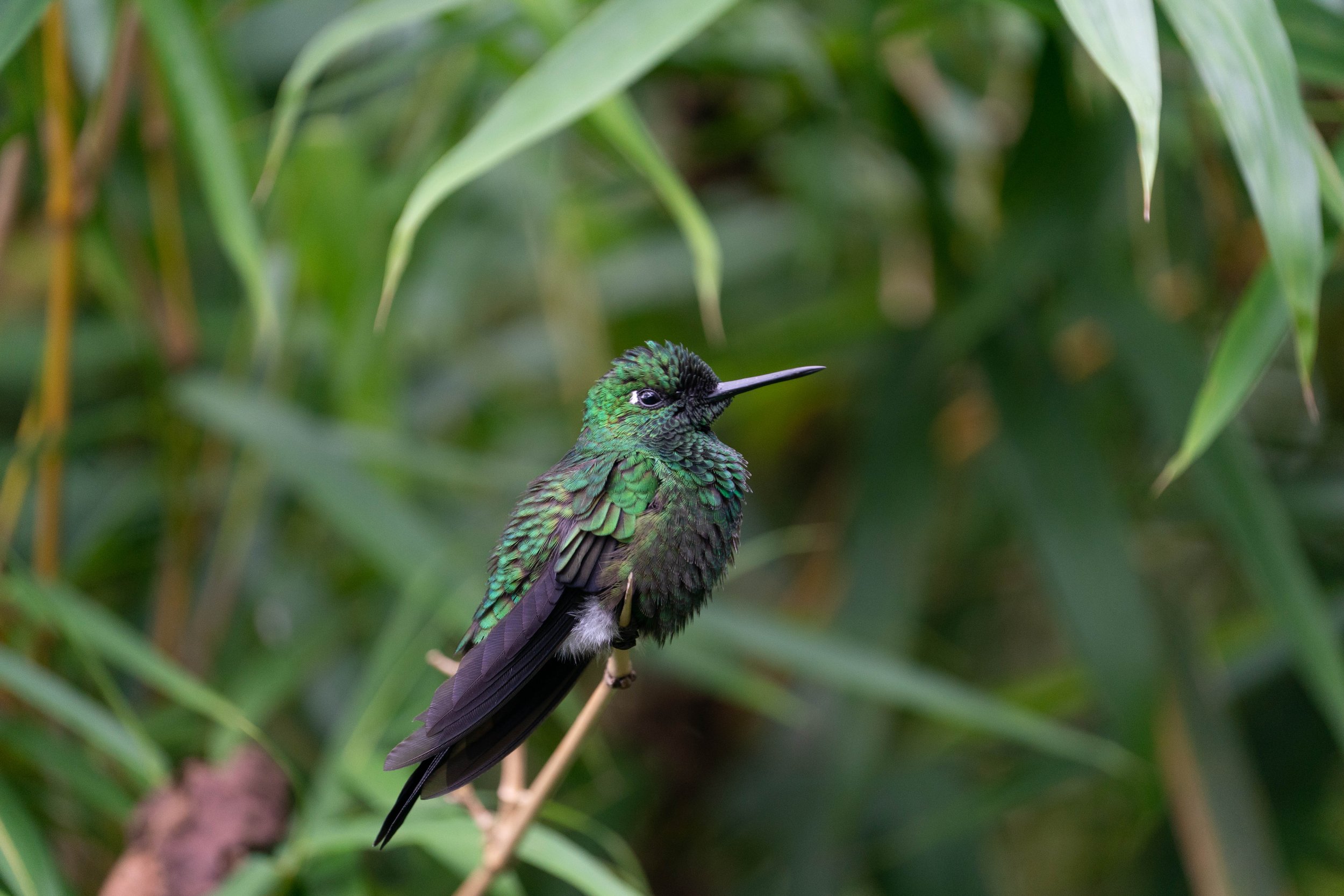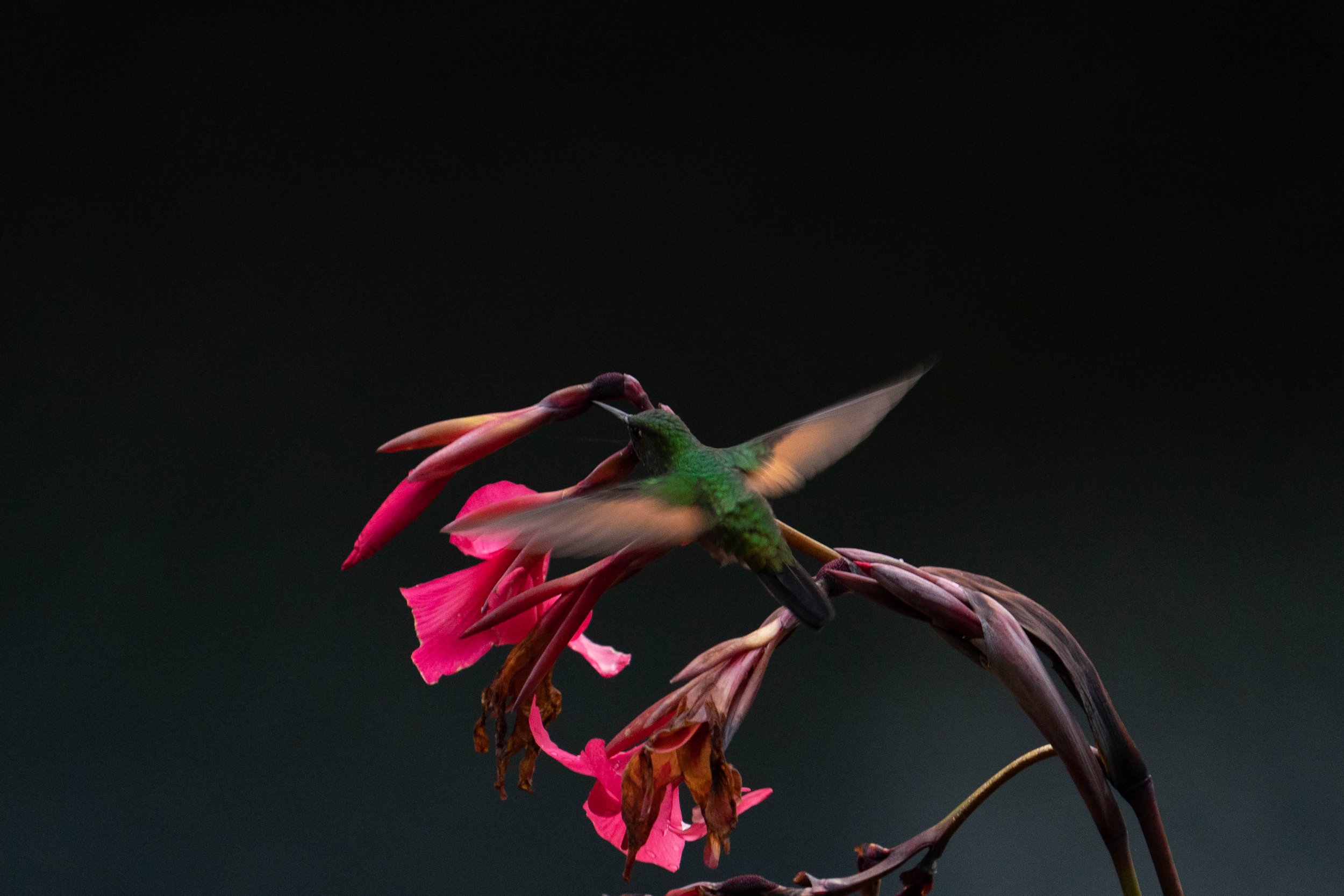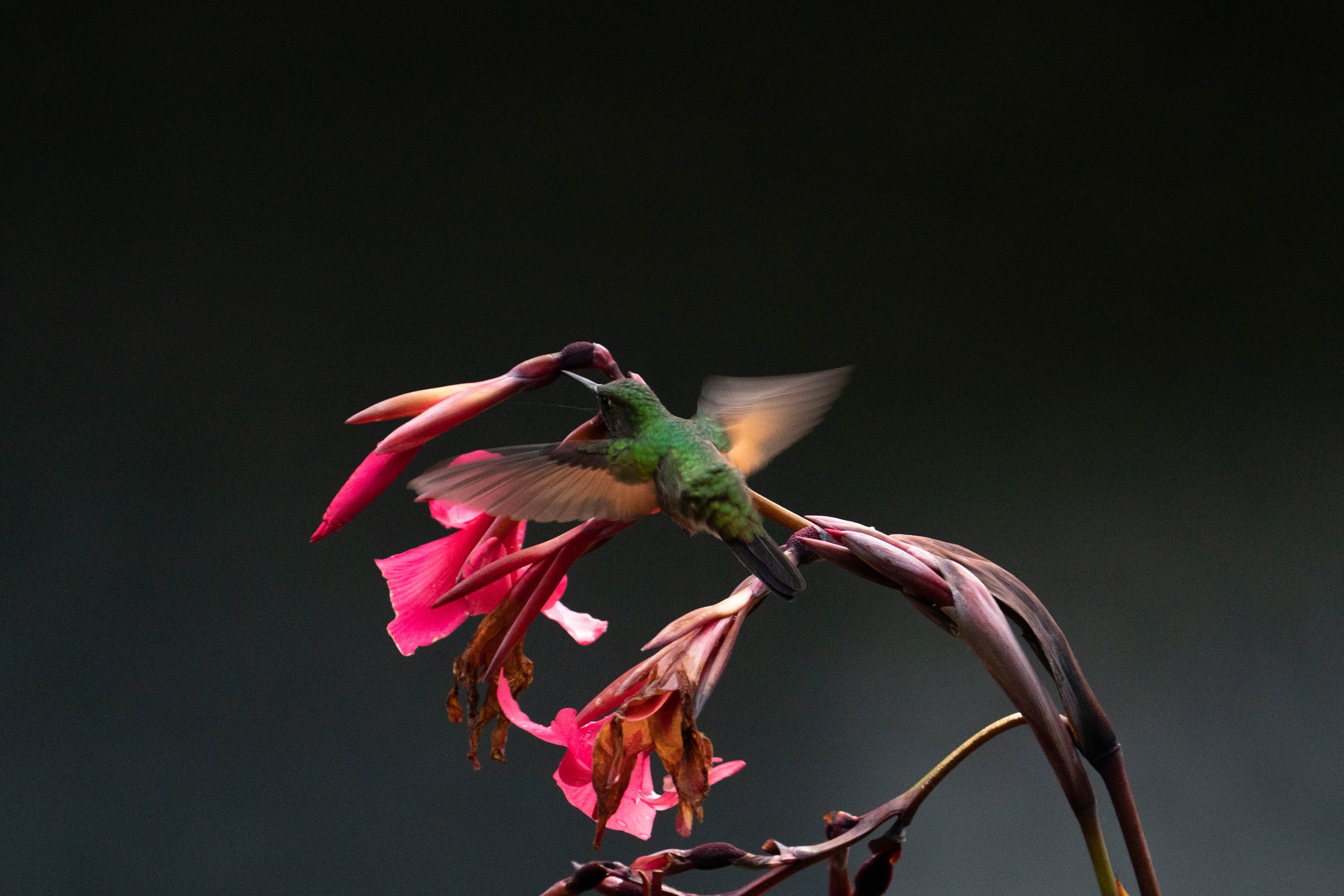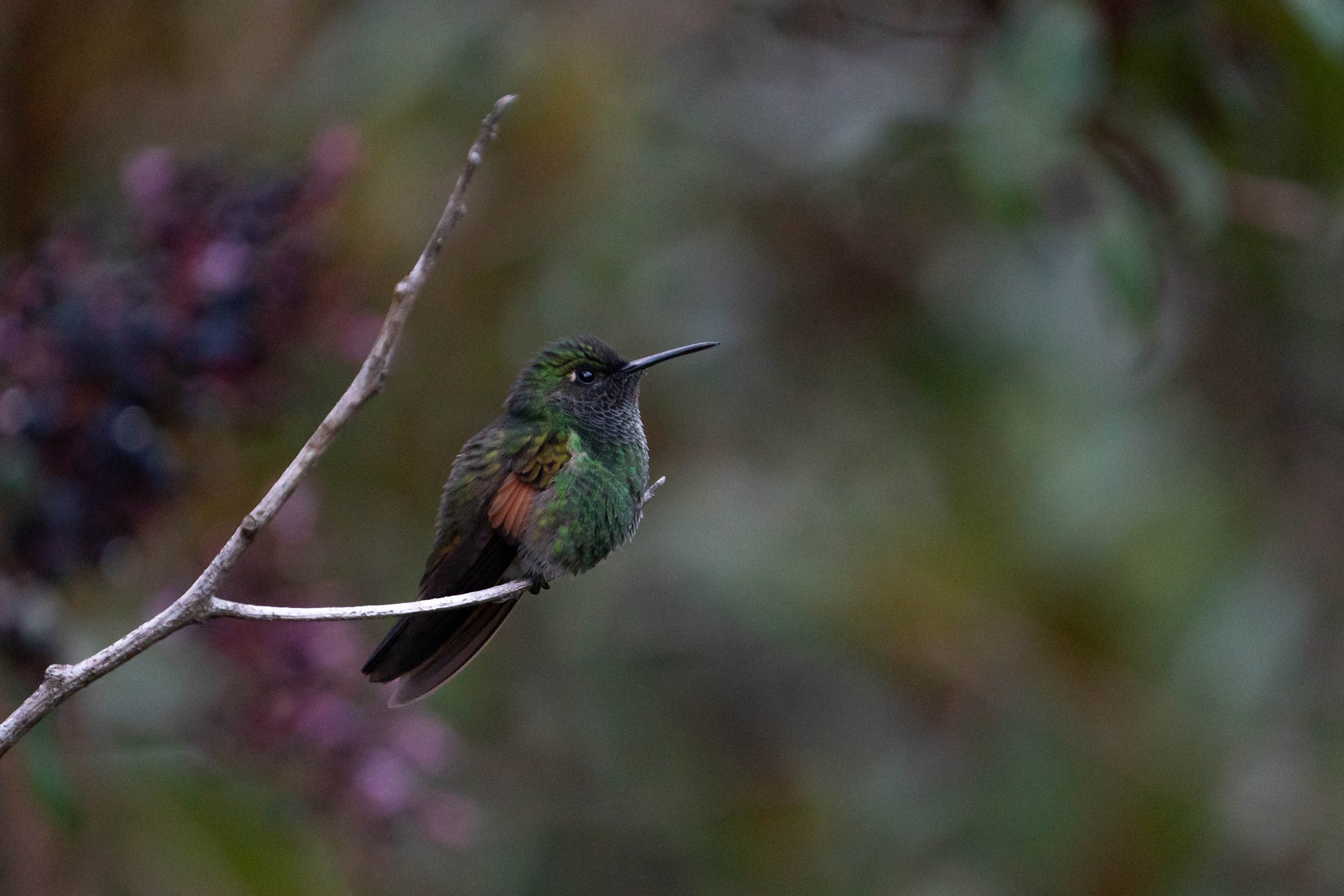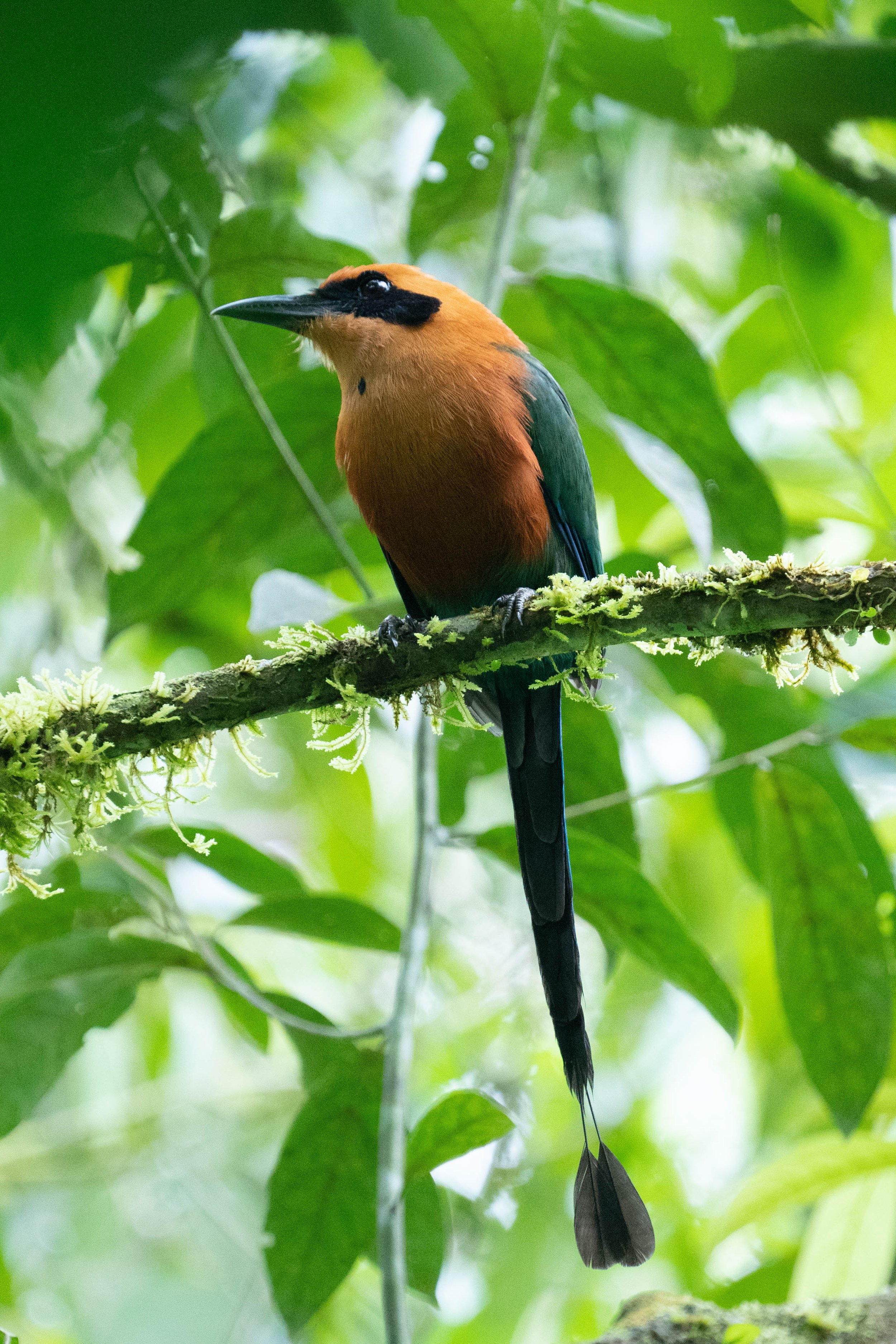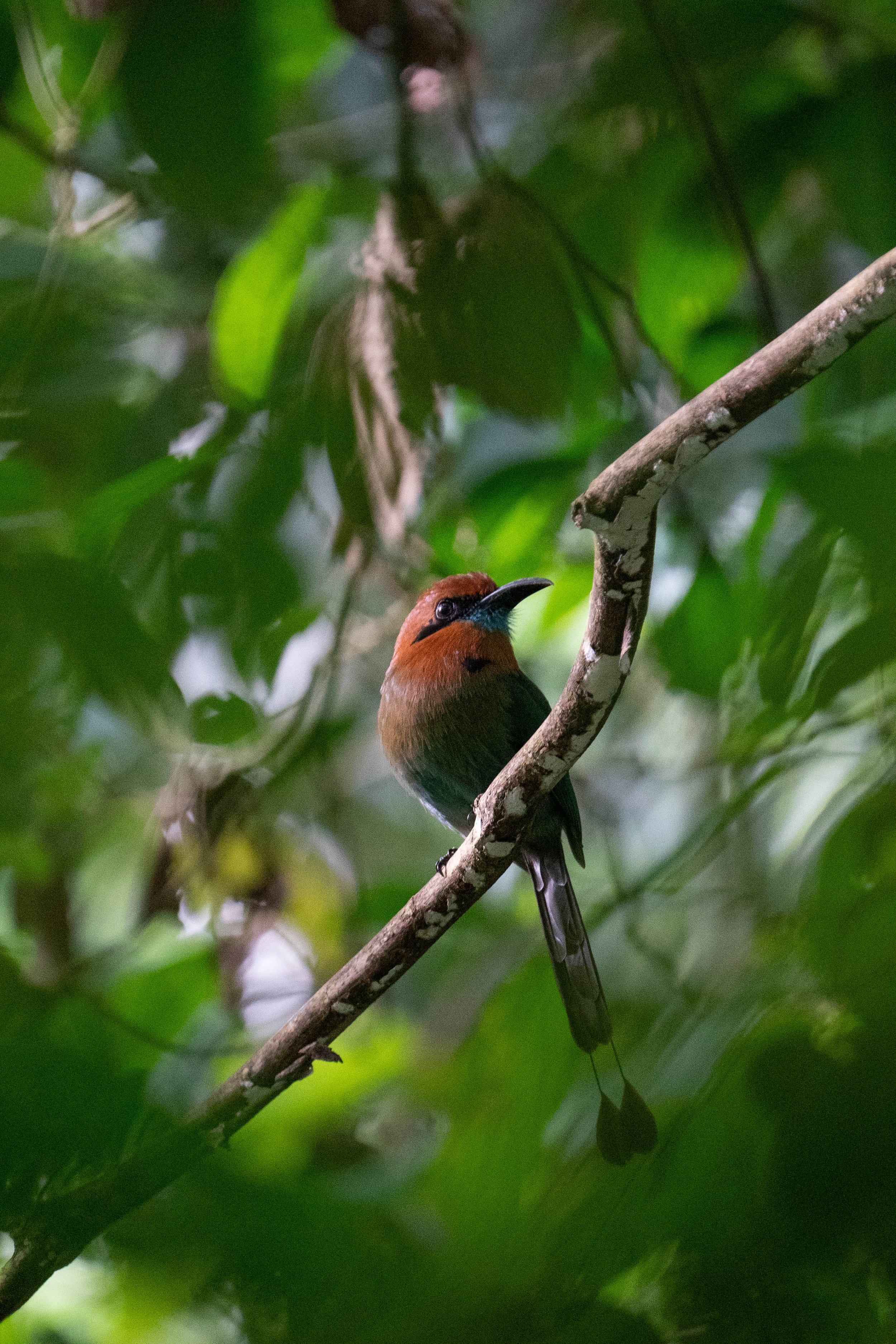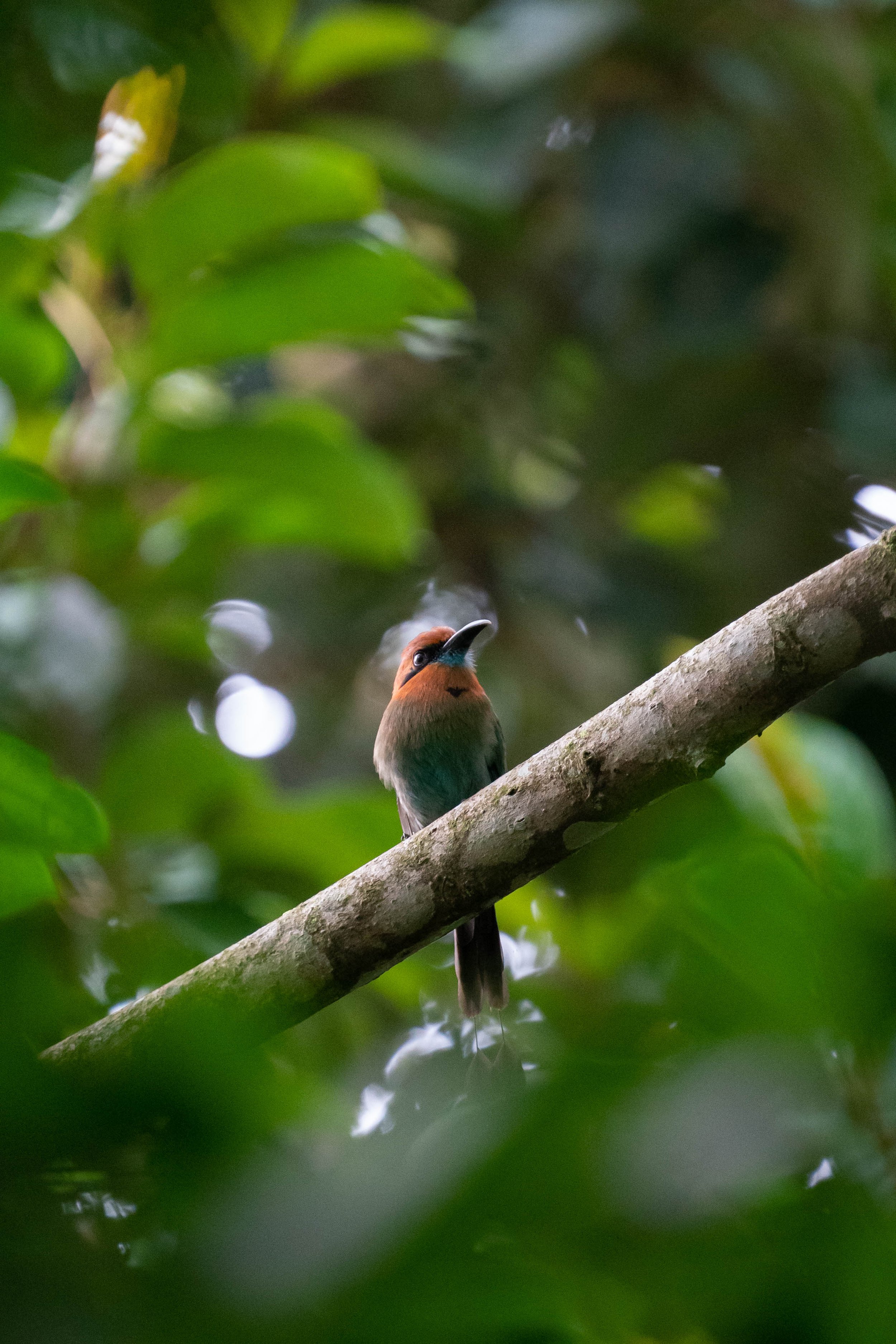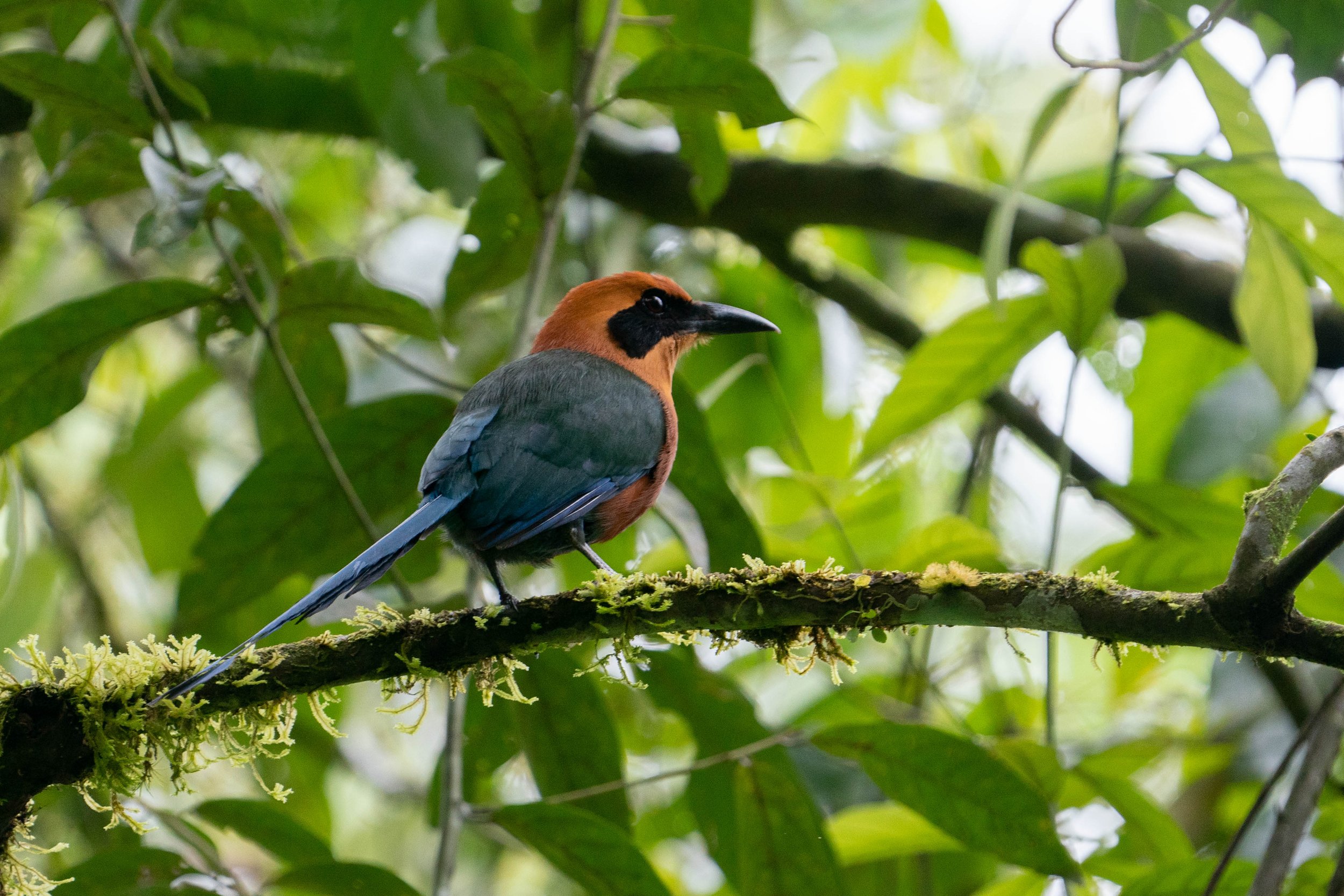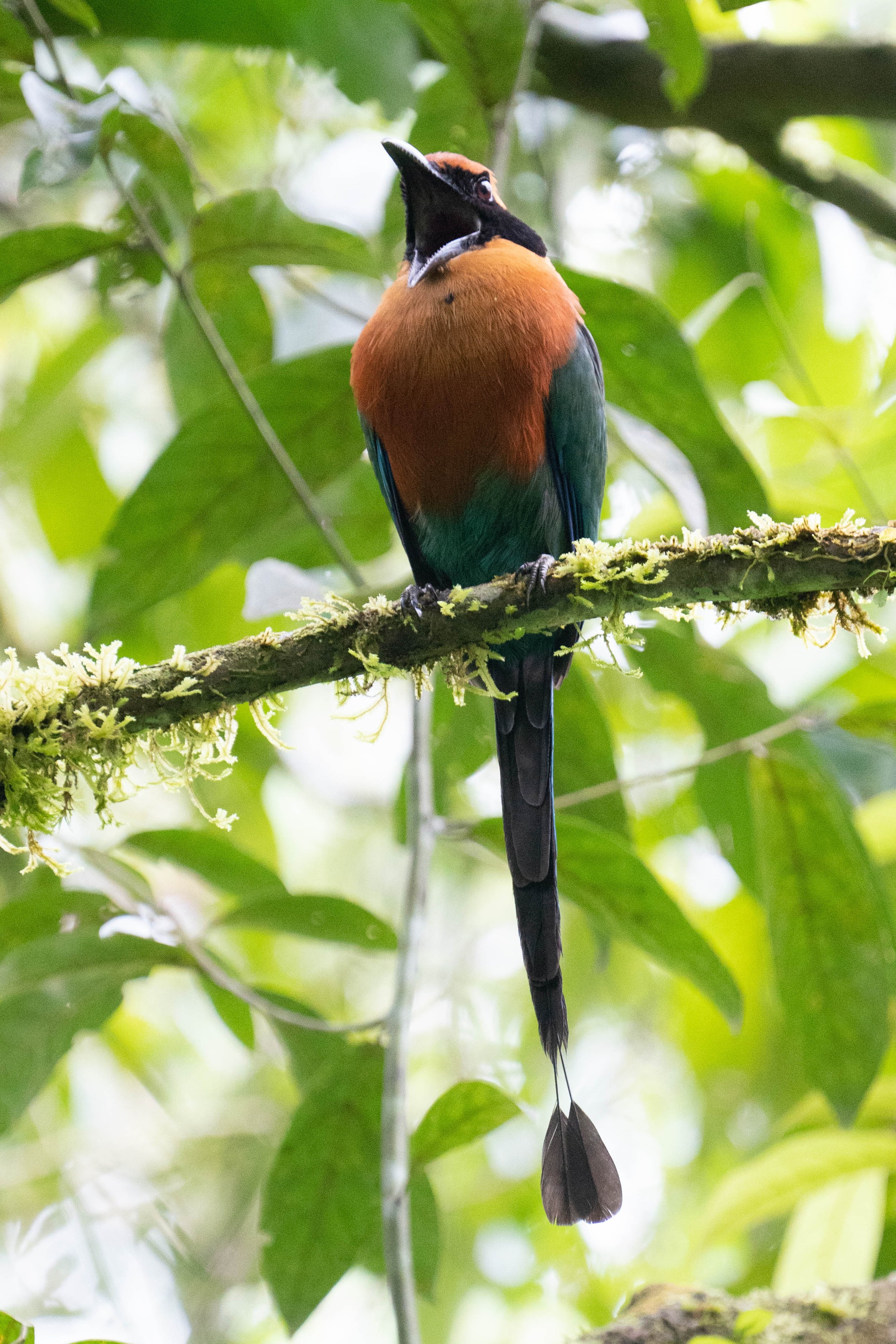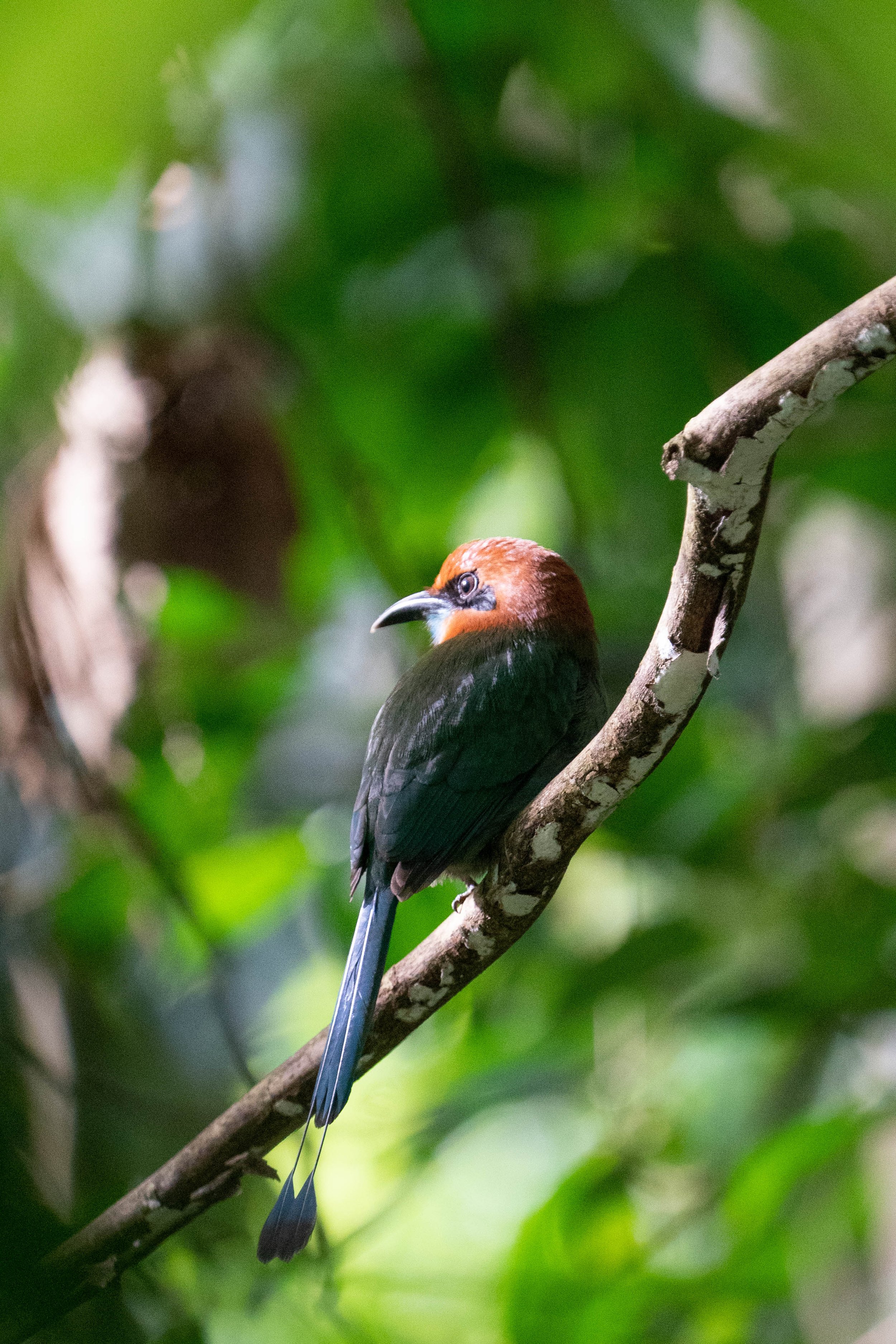TNLB Costa Rica Edition
Resplendent Quetzal
The Resplendent Quetzal is an unforgettable sight, with shimmering plumage of metallic blues, greens, and reds. Males also have a crest of bristly golden-green feathers and during breeding season, grow elongated uppertail feathers that form a long, flowing train. This spectacular species belongs to the trogon family, a group of colorful, fruit-eating birds found in the Americas, Asia, and Africa. Other family members include the Golden-headed Quetzal and Haiti's national bird, the Hispaniolan Trogon.
Great Green Macaw
The Great Green Macaw is one of the largest macaws in the world (second only to the Hyacinth Macaw). It's also known as the Buffon's or Great Military Macaw and in fact was previously considered a subspecies of the smaller, closely-related Military Macaw.
Numbers of this majestic macaw have dropped by more than 50 percent over the past 10 years due to extensive habitat loss throughout the species' Central and South American range. It was listed as an endangered species by the United States in 2015.
Unsustainable logging, conversion of land for agriculture and cattle pasture, and mining have severely diminished available habitat for the Great Green Macaw. Unfortunately, farmers sometimes shoot the birds, believing that they are a crop pest. The birds are also captured for the pet trade and for their feathers.
Northern emerald toucanet
Medium-sized, grass-green toucan of humid tropical forest in foothills and highlands; also very locally in lowlands. Usually in pairs or small groups, moving through the canopy or feeding at fruiting trees. Nothing similar in its range. Note the rusty tail tips, best seen from below. Pattern of black and yellow on bill varies from region to region.























